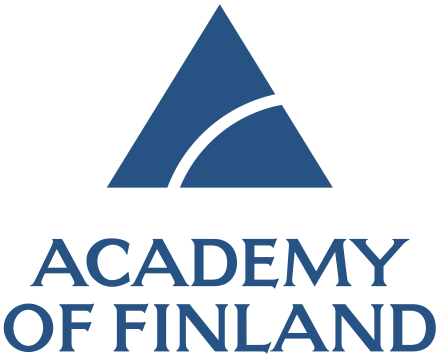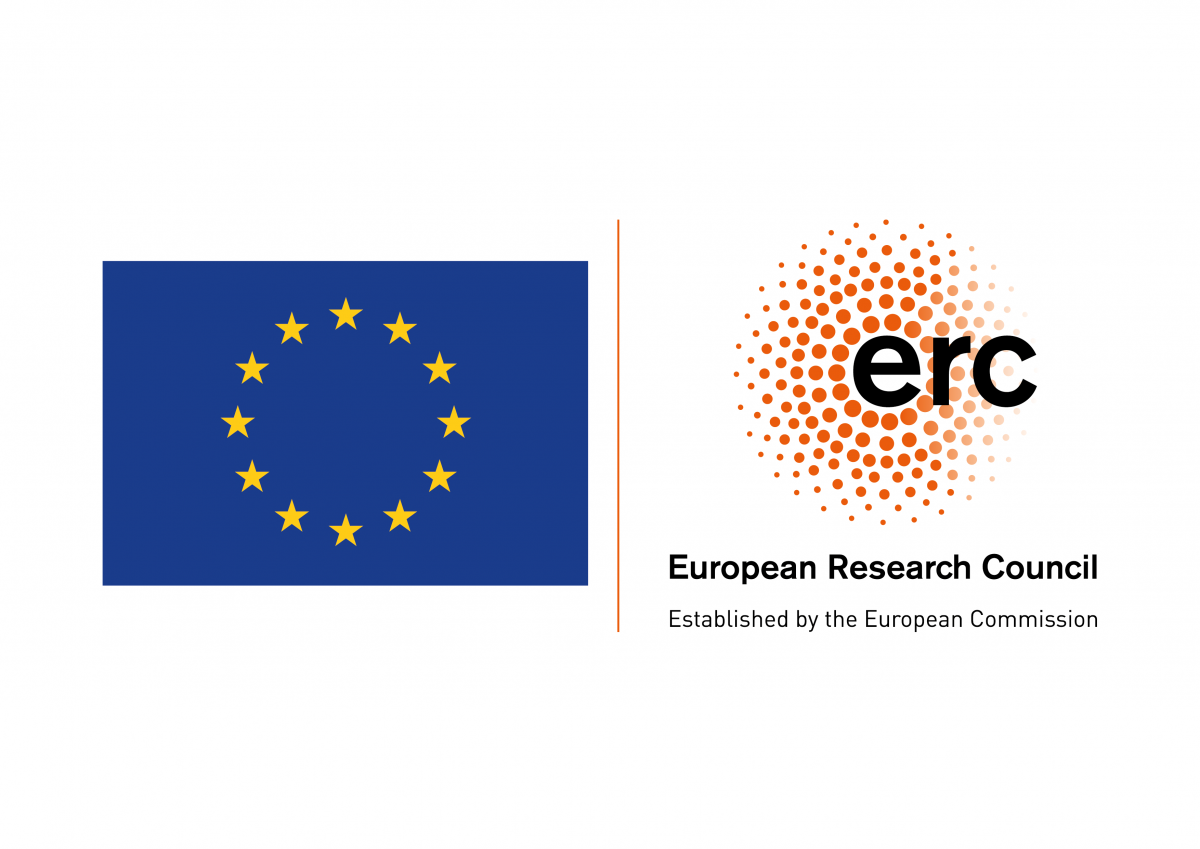Mathematical Physics
Welcome to the home page of the research group in
Mathematical Physics at Aalto University. Our group conducts research in constructive quantum field theories, conformal field theory, random geometry and fractals.
Open positions
Members
Faculty
Random geometry and conformal field theory
Algebra and geometry of supersymmetric gauge theories
News
- Väisälä Prize awarded to Eveliina Peltola in December 2024
- Väisälä Project Grant has been granted to Oscar Kivinen in June 2024
- Oscar Kivinen has joined the faculty in fall 2023
- Eveliina Peltola has received an ERC starting grant "Interplay of structures in conformal and universal random geometry" ISCoURaGe (2023-2028)
- Tuomas Sahlsten has been appointed as an Academy Research Fellow (Academy of Finland), 2022-2027 [Tuomas moved to the University of Helsinki as an Associate Professor in September 2023]
- Kalle Kytölä and Eveliina Peltola are members of the Finnish Centre of Excellence in Randomness and Structures (FiRST), 2022-2029
- Eveliina Peltola has been appointed as an Academy Research Fellow (Academy of Finland), 2021-2025
Prospective students
Research
We provide
Bachelor, Master, and Doctoral theses topics at the interface between mathematics and physics. Possible research topics include, but are not limited to, constructive quantum field theories, conformal field theory, random geometry, supersymmetric gauge theories and fractals. If you are interested in one of our research topics, please feel free to contact Kalle Kytölä, Eveliina Peltola, or Oscar Kivinen.
We also provide Summer Internships for outstanding students. These are advertised in the department's website.
You are also welcome to take part in any of our
lecture courses related to mathematical physics.
Recent publications
Individual publication records can be found on the
Aalto research page, where you can also find an overview of
research output for the Mathematical Physics area. For preprints check the
math arxiv and individual homepages.
Scientific events
Upcoming
- Trimester Program Probabilistic methods in quantum field theory @ HIM, Bonn, May-Aug 2025.
See also this list of international events
Mathematical Physics Seminar
Upcoming seminars
- 9.12. 10:15 Tuomas Kelomäki (Aalto University): Fast and smooth? Khovanov homology and computational complexity – M3 (M234)
At the turn of the century, Khovanov upgraded the Jones polynomial into a homology theory of knots, which is sensitive to smooth structures in 4D. The Jones polynomial can be recovered from Khovanov homology, so Khovanov homology is at least as hard to compute as the Jones polynomial, and it is an open question how much harder it is. In this talk, we will try to explain why mathematicians should care about fast computations of Khovanov homology. We will also explore polynomial and non-polynomial time algorithms for both Jones polynomial and Khovanov homology of braids. Joint work with Dirk Schütz.
- 7.1. 10:15 Dr. Nikolay Barashkov (Max Planck Institute for Mathematics in the Sciences, Leipzig): TBA – Y346
- 13.1. 10:15 Adria Marin Salvador (University of Oxford): TBA – M3 (M234)
- 20.1. 10:15 Kai Hippi (Aalto University): TBA – M3 (M234)
- 27.1. 10:15 Joonas Vättö (Aalto University): TBA – M3 (M234)
University of Helsinki:
Seminar and workshops in mathematical physics
The mathematical physics group is supported by



Page content by: webmaster-math [at] list [dot] aalto [dot] fi




